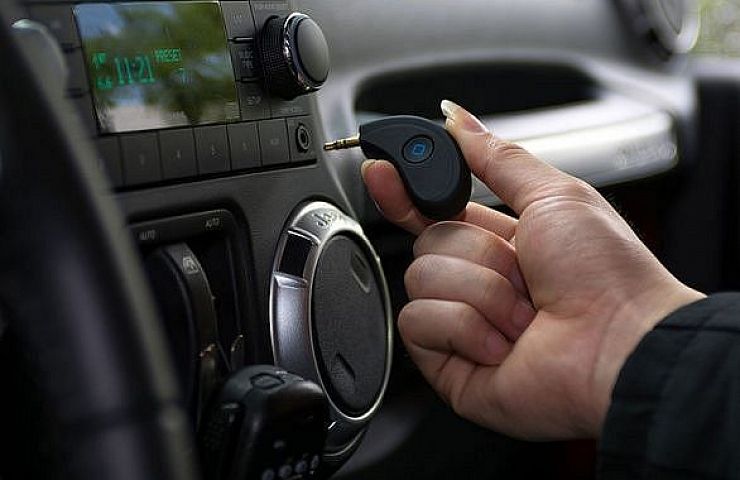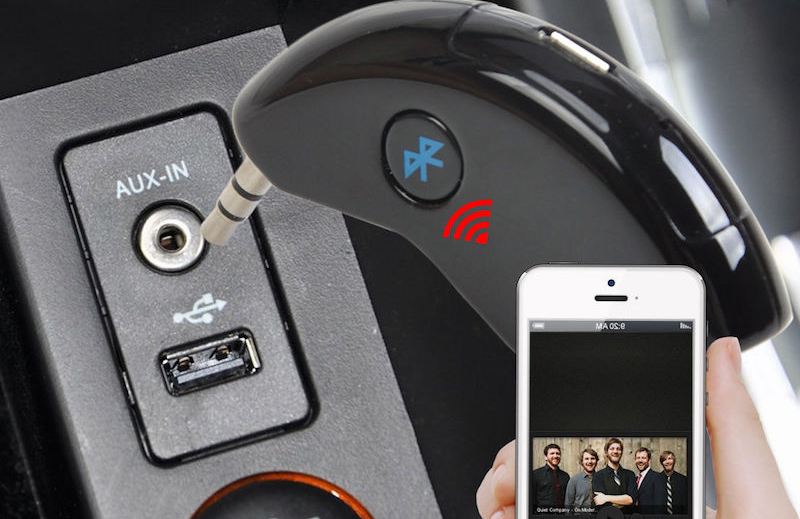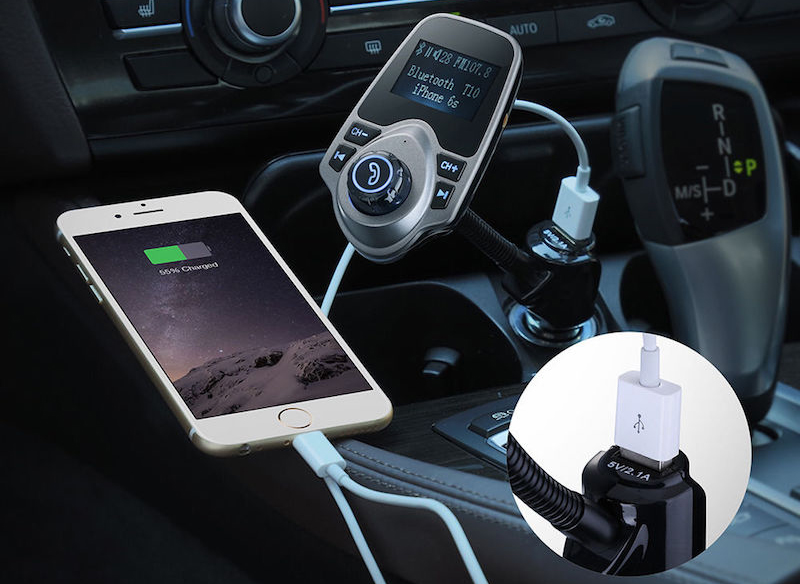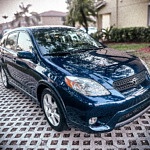A new car today is almost guaranteed to provide a way to wirelessly connect to your smartphone via Bluetooth. In fact, for better or worse, today’s generation of car buyers puts as much emphasis on connectivity as horsepower and handling. But what if your current ride doesn’t have Bluetooth?
> See the full range of car electronics available on eBay Motors
Thankfully, there are all kinds of adapters to bring an older ride into the digital era—and it’s a very good idea for even for the most ardent analog gearhead. Smartphone integration allows you to safely use your cell phone, listen to your music through the vehicle’s audio system, and even to interface with your vehicle’s computer system for troubleshooting and optimizing performance.
Here are the pros and cons of various types of Bluetooth adapters.
Just the Music and Speakerphone
Most vehicle audio systems produced in the last 15 years have an Auxiliary (or AUX) port—a 3.5-millimeter or RCA jack for audio players and phones. These were originally designed for a cable to connect an iPod or other media player to your car’s audio system. A number of 3.5-mm Aux Bluetooth adapters plug into the audio system via that same AUX input. Then, you simply pair the adapter with your smartphone to listen to your music or place phone calls wirelessly.
Pros:
- No messy cable is required
- Very low cost (less than about $15)
Cons:
- No special microphone for phone calls
- No skip or rewind controls for audio (other than your phone)
- Some 3.5-mm Bluetooth adapters must be recharged periodically
Hands-free Speakerphone and FM Radio Integration
Some vehicle audio systems don’t offer AUX or USB ports, but there’s still an aftermarket solution allowing you to connect your smartphone: a Bluetooth FM transmitter that plugs into your vehicle’s cigarette lighter for power. This device commonly has multiple USB ports for charging, hands-free functions of your smartphone, and allows you to play music from your smartphone or stream it from the Internet.
Pick an FM channel on your vehicle’s radio, and set the FM transmitter to the same channel. Your smartphone is then controllable from the FM transmitter, and the audio is output to the vehicle’s speakers just like a radio station.
Pros:
- Low cost (around $20)
- Full media-player controls
Cons:
- Might be be too large or bulky for some consoles
- Can be difficult to find quiet FM channel in metropolitan areas
- FM audio quality can be less than ideal
Integrating a Smartphone with the Head Unit
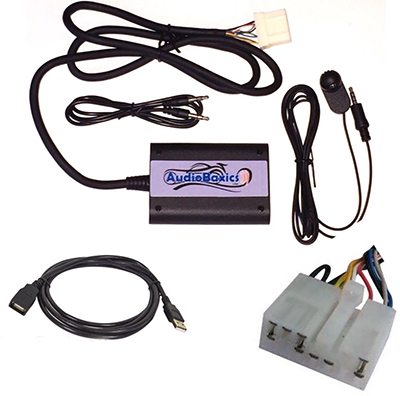
Since these systems connect directly to the vehicle’s audio system, they play audio at the highest fidelity available from your smartphone.
Pros:
- Uses the functionality and look-and-feel provided by automaker
- Allows full control of phone and audio via steering wheel or dashboard controls
- Best audio fidelity
Cons:
- More expensive (about $50 to $100)
- Might require removal of audio head unit for installation
- Might require head unit to be programmed to activate features
- Often needs to be compatible with vehicle brand and/or head unit
Bluetooth for Monitoring and Scanning your Ride
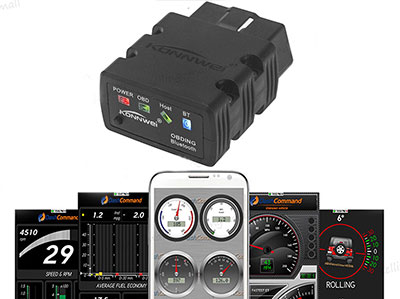
These very cool scanner apps run on your smartphone or tablet—connecting via a Bluetooth-enabled item called a dongle that plugs into the OBDII port. With this setup, engine performance and other data from the vehicle’s sensors become available on the fly—including info about the vehicle’s health, such as why a “check engine” light is on.
Getting started is easy: just load the scanner app on your smart phone or tablet and pair the Bluetooth dongle plugged into your vehicle’s OBDII port. Using the supplied scanner app, you can monitor diagnostic information, clear trouble codes, graph performance, and see GPS-based speed, tire pressure, and fuel economy. These versatile systems can even keep an eye on turbo boost and oil temperature, or allow you to create custom dashboards with gauges for monitoring things in real-time.
Pros:
- Can be inexpensive (prices range from about $5 to $20)
- Easy to install
- Real-time monitoring of your vehicle’s vital information
Cons:
- Some Bluetooth dongles need a battery
- Various smartphone apps don’t necessarily read an automaker’s useful yet proprietary data

